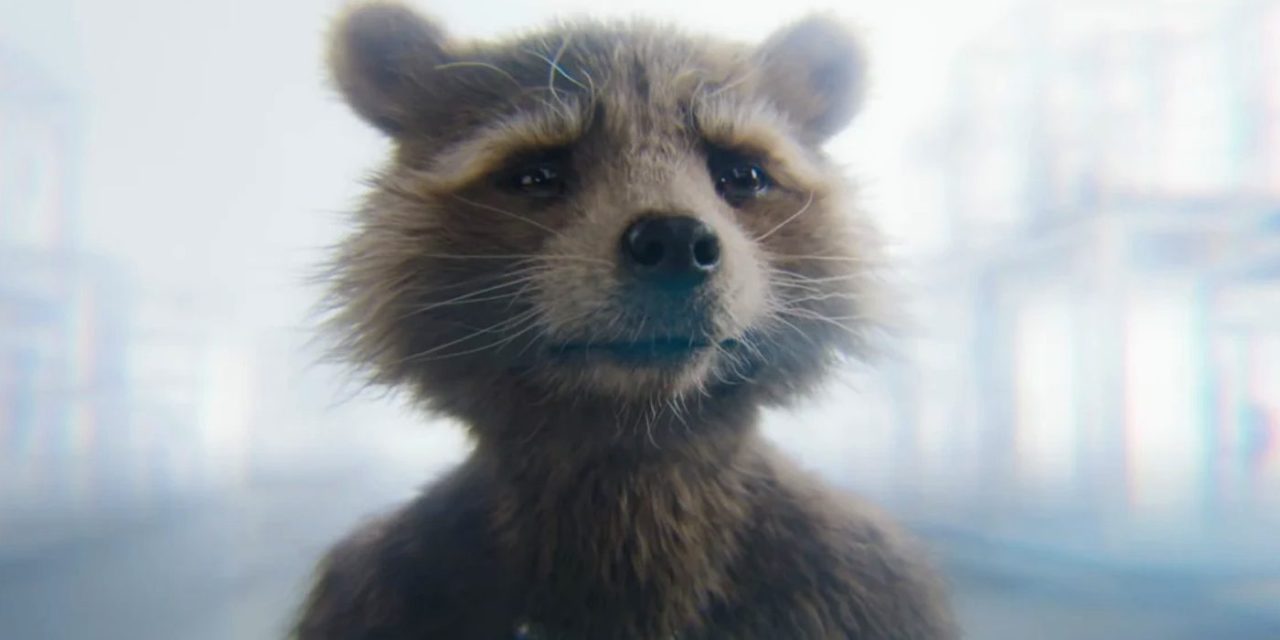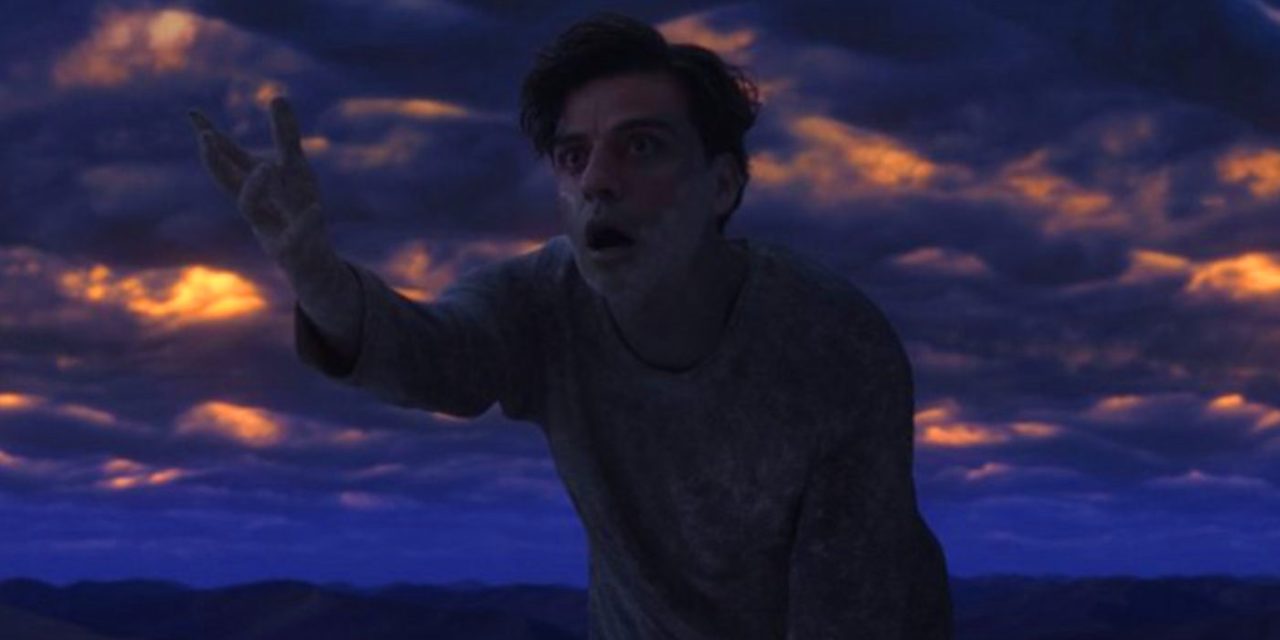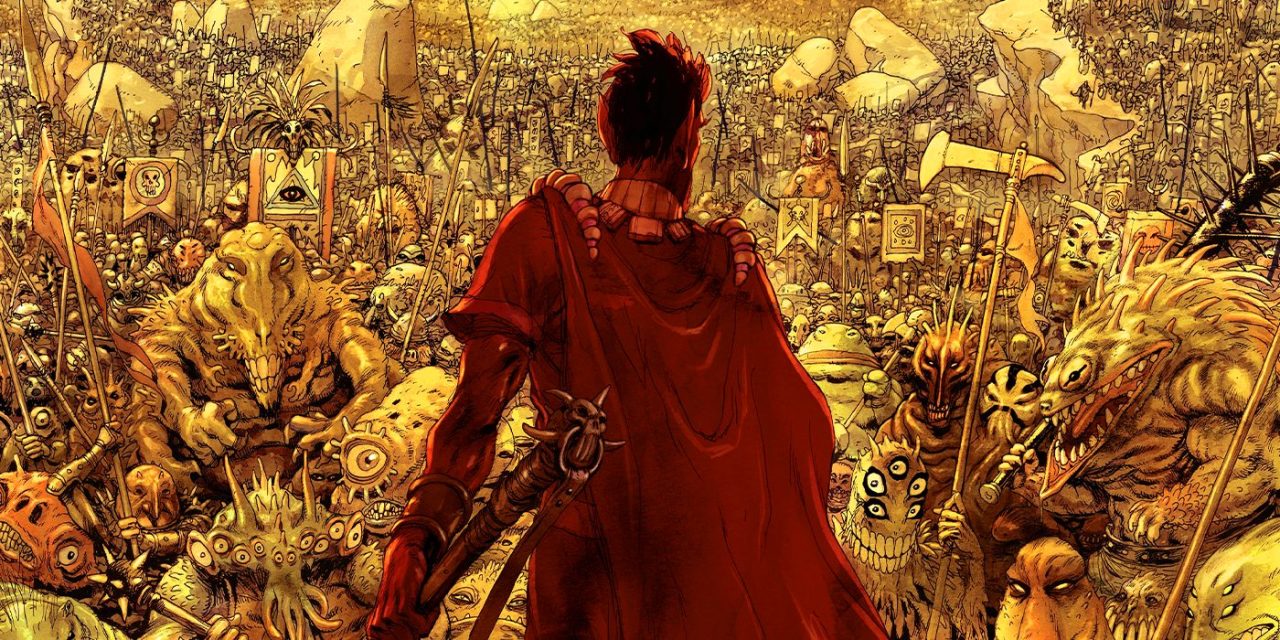Marvel Studios has introduced several different versions of the afterlife into the MCU, with each carrying their own set of rules and environments.

Marvel Studios has introduced many different versions of the afterlife in the Marvel Cinematic Universe. Many MCU characters have died since the franchise’s inception in 2008, but the concept of the afterlife gives them the chance to have a happy ending. In some cases, the afterlife also provides an opportunity for characters to return to franchise if their stories were unfortunately cut short. Over the years, the MCU has done much to expand on these ideas.
Since the introduction of the Ancestral Plane in 2018’s Black Panther, a number of versions of the afterlife have made appearances in the MCU, with most corresponding to a different culture or belief system. In Marvel Comics, deceased characters often find themselves returning from the great beyond, so the introduction of various forms of heaven in the MCU implies that this could occur for several MCU heroes that have been killed off. All things considered, death is certainly not the end of the road in the MCU, so anything could be possible in future projects. Here’s a breakdown of every confirmed afterlife currently in the MCU, and some that could be introduced in the future.
Rocket’s Afterlife In Guardians Of The Galaxy Vol. 3

Guardians of the Galaxy Vol. 3 saw the introduction of a new MCU afterlife and the first to appear in Phase 5. Rocket’s backstory was explored throughout the movie, with flashbacks revealing how he was enhanced by his creator, the High Evolutionary, and showing his early development and relationships with other experiments of the High Evolutionary. While Lylla, Teefs, and Floor weren’t lucky enough to escape with Rocket, Bradley Cooper’s raccoon was able to see his friends once more thanks to the debut of a new form of heaven.
On the brink of death, Rocket is transported to a washed-out environment, surrounded by silhouettes in the shape of the cages he and his friends were kept in under the High Evolutionary’s watch. Despite the cages providing a menacing touch to this afterlife, Rocket is met by Lylla, who reassures him that, when his time comes, he’ll be able to fly with his friends for eternity. While Rocket returns to his body soon after this interaction, he continues on in the MCU with the knowledge that a peaceful afterlife is waiting, though more exciting adventures await him now that he’s leading the MCU’s new Guardians of the Galaxy team.
Black Panther’s Ancestral Plane

Although others had previously been mentioned, the Ancestral Plane was the first afterlife to be physically seen in the MCU. Initially teased in Captain America: Civil War when Chadwick Boseman’s T’Challa is speaking about his recently-deceased father’s beliefs, the Ancestral Plane is first seen in 2018’s Black Panther. In Wakandan lore, the Ancestral Plane is where the soul rests once the body dies, and the heart-shaped herb gifts the Black Panthers the opportunity to converse with their ancestors in this realm.
During Black Panther, T’Challa pays two visits to the Ancestral Plane: once during the ceremony that saw him officially become King of Wakanda, and again when he recovers from Killmonger’s attack, berating his father over his questionable choices. The Ancestral Plane plays a much more pivotal role in Black Panther: Wakanda Forever, however, as Shuri is initially reluctant to ingest the synthetic heart-shaped herb herself for fear of who she might see in the afterlife. Shuri was met by Killmonger – who earned his place in the Ancestral Plane by becoming a Black Panther.
Moon Knight’s Duat & Field Of Reeds

Displayed with a similar purple hue to Black Panther’s Ancestral Plane is the MCU’s version of the Duat, the Egyptian underworld which can first be seen in Moon Knight on Disney+. After being shot by Arthur Harrow, Oscar Isaac’s Marc Spector and Steven Grant – now separated – find themselves in the Duat being guided by the Egyptian goddess Taweret aboard her ship which sails across the sands of the seemingly empty landscape. Taweret reveals that, in order to pass on to the Field of Reeds, Spector and Grant must balance their heart against a feather on a scale, which eventually occurs when Steven sacrifices himself to save Marc’s life.
Marc finds himself in the Field of Reeds, otherwise known as Aaru, though is reluctant to stay knowing Steven Grant had seemingly perished saving him – doomed to spend the rest of eternity frozen on the sands of the Duat. Spector returns to the Duat, meeting Steven at the Gates of Osiris, where they are able to return to their body. The Duat is much more of an ordeal than the Ancestral Plane, as the deceased are only allowed into the paradise of Aaru if their hearts balance against the Feather of Truth. They are also constantly under threat from the zombie-like, unbalanced souls of this desolate MCU afterlife.
Thor: Love & Thunder’s Valhalla

Based on the Valhalla of Norse mythology, the MCU’s version of this afterlife is perhaps the most mentioned afterlife in the franchise, popping up in every project in the Thor franchise, but not actually being seen until the post-credits scene of Thor: Love & Thunder. The Asgardians believe that they will be welcomed at the Gates of Valhalla should they die in battle, making warfare and sacrifice a noble act for them. In Love & Thunder, Valhalla is depicted as a vast landscape of mountains and greenery, accented by a grand, golden temple – a fitting place for a fallen Asgardian warrior.
While there are perhaps several beloved Asgardian characters residing in Valhalla, only two characters were seen in Thor: Love & Thunder’s post-credits scene. Natalie Portman’s Jane Foster is granted access into Valhalla after operating as the Mighty Thor during the Phase 4 film, having lost her battle to cancer through her prolonged use of Mjolnir and her Thor-like powers. She is met there by Heimdall, who died in the opening moments of Avengers: Infinity War at the hands of Thanos.
What Other Afterlives Could Debut In The MCU?

Some argue that Avengers: Infinity War’s Soul Realm was a version of the afterlife, but being intrinsically linked to the Soul Stone and its user, it doesn’t quite make the cut. However, Thor: Ragnarok did provide a glimpse of Hel, the Asgardian antithesis of Valhalla where Hela was incarcerated. Though several versions of the afterlife have been introduced into the MCU, the pages of Marvel Comics contain many more that haven’t yet been seen. Perhaps the most notable of these is a dimension ruled over by Mephisto, which he refers to as Hell. Mephisto has been rumored for the MCU’s Phase 5, so it’s possible this world could be introduced in the near future.
Another prominent hellish location that could be introduced to the MCU is Limbo, a dimension once conquered by Doctor Doom. Marvel Comics has also frequently shown off its own version of Heaven – in opposition to Mephisto’s realm. It too could be utilized at some point. Looking at the number of different places people can go after death in the comics, there’s no shortage of opportunities Marvel Studios can use to further their exploration of the afterlife in the Marvel Cinematic Universe.








